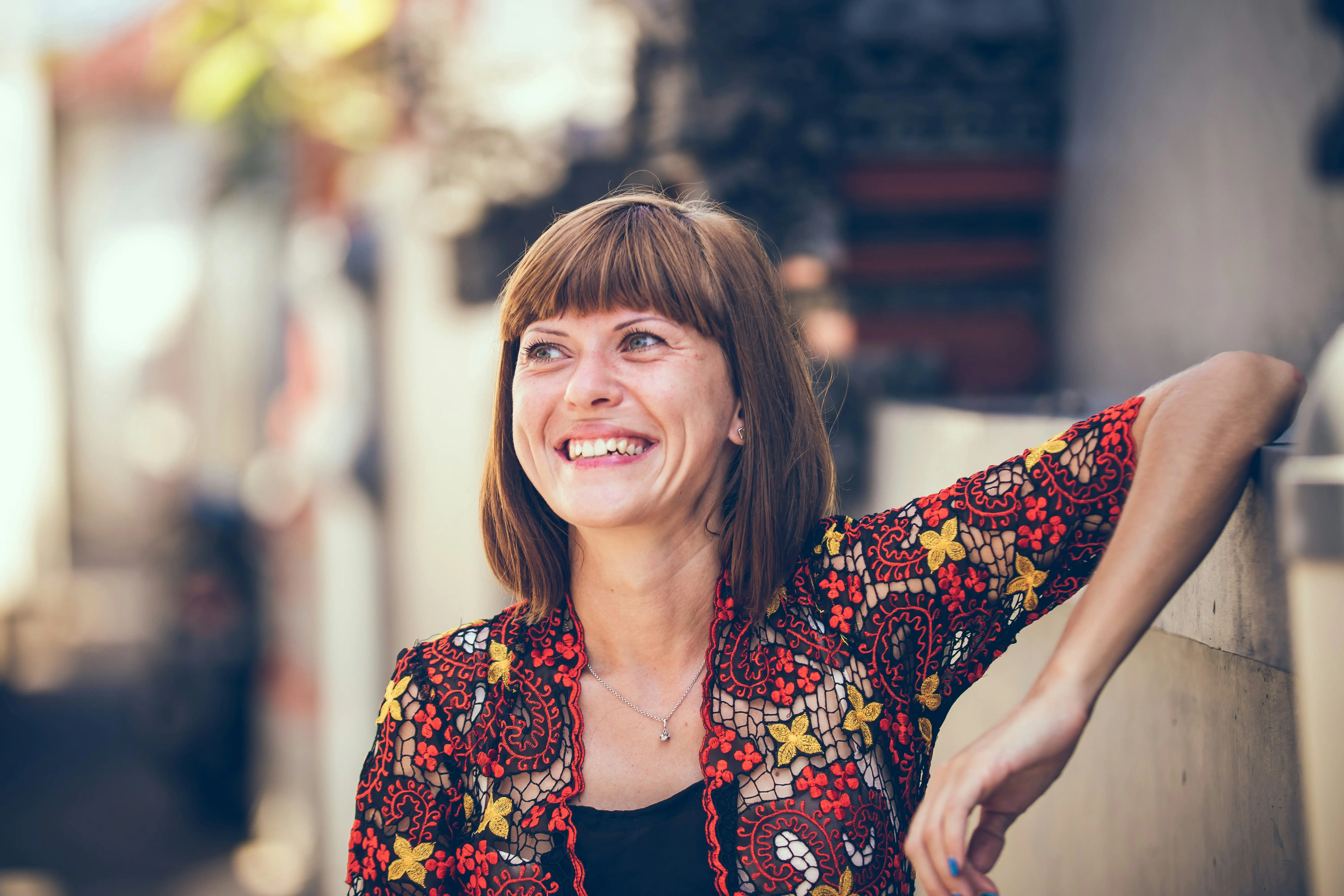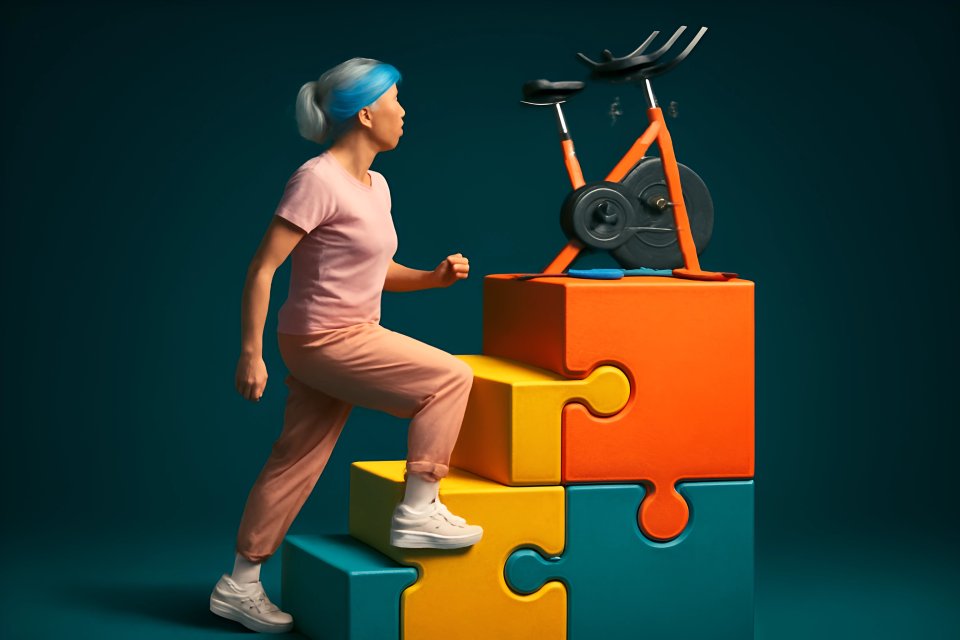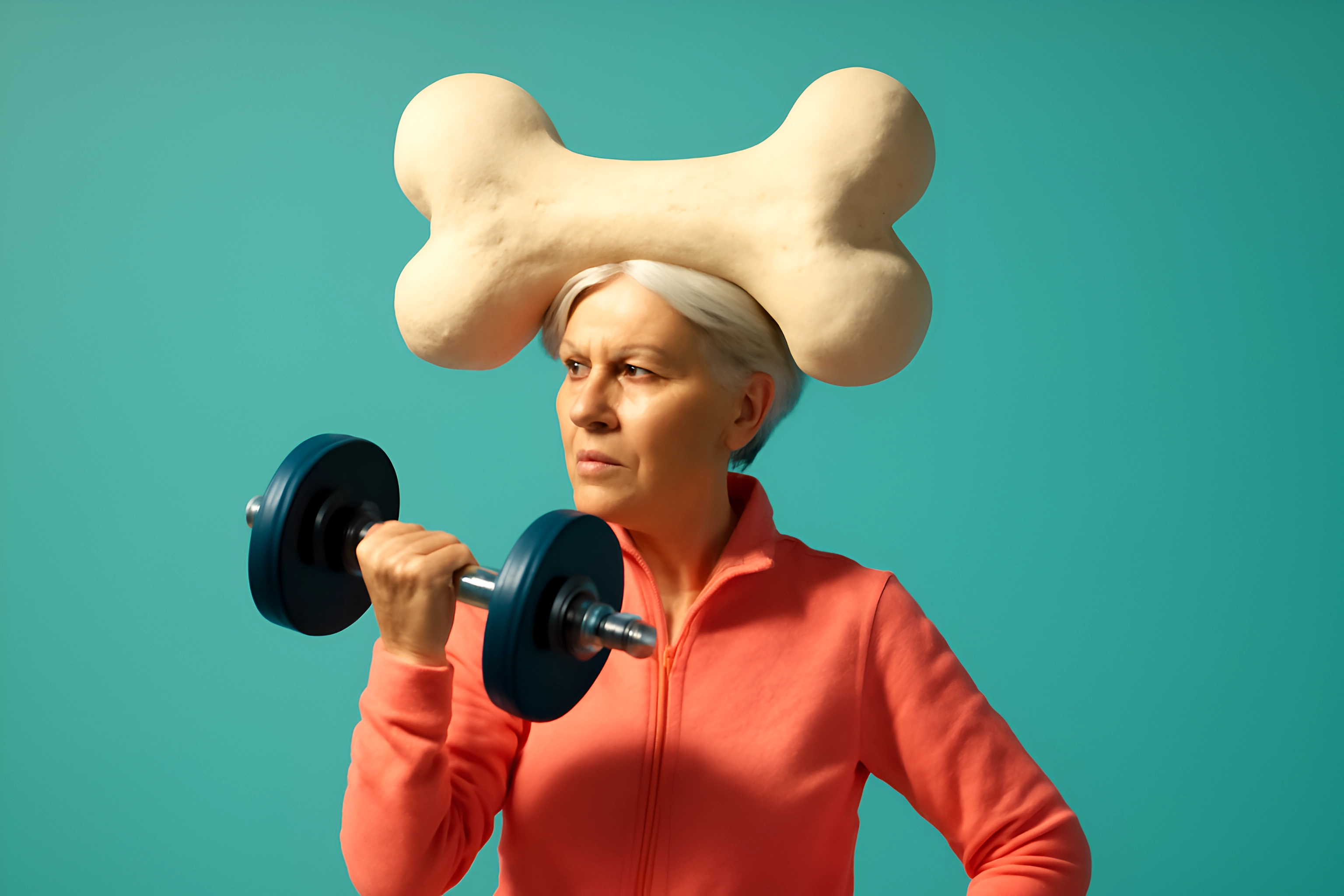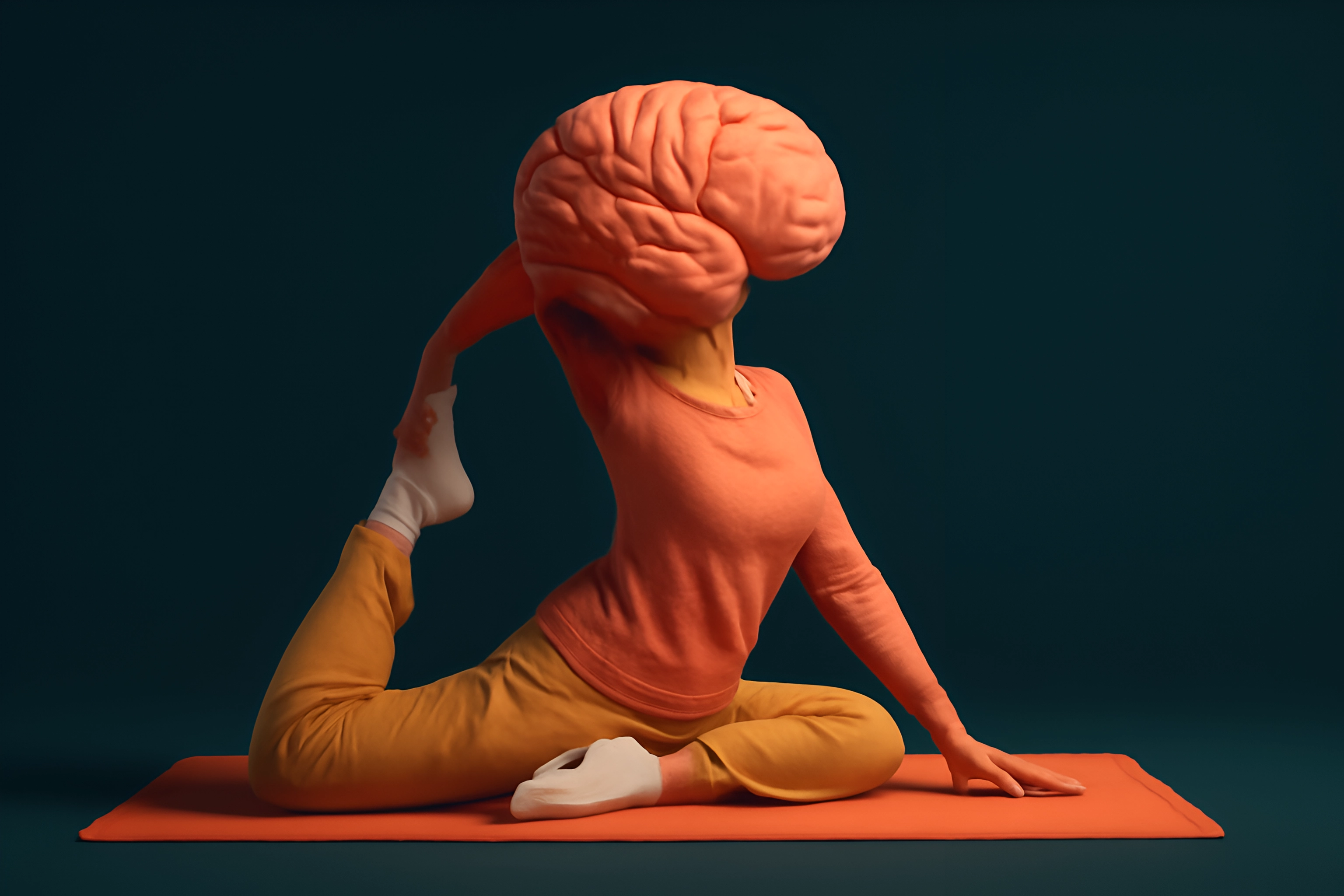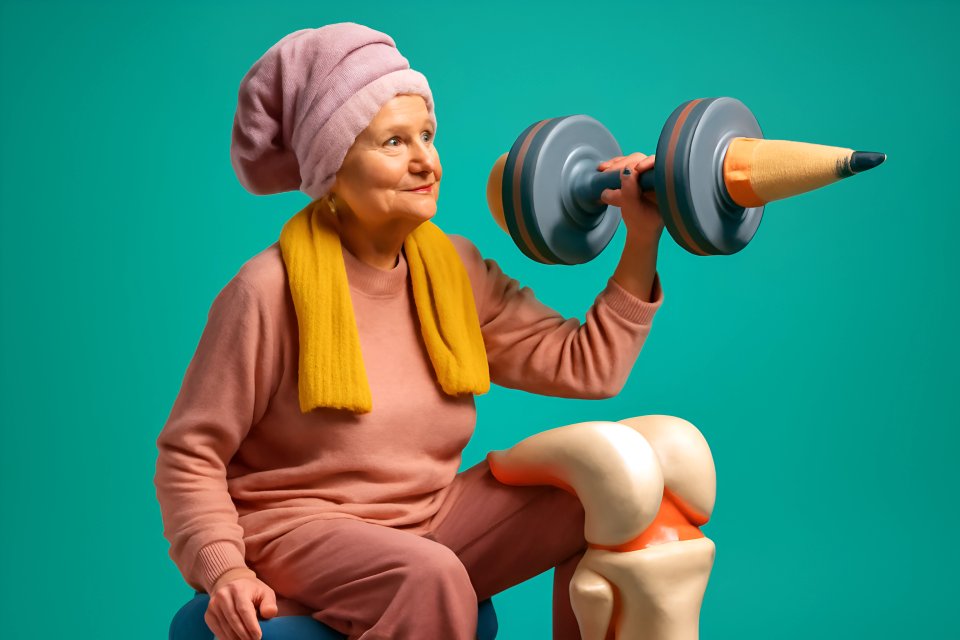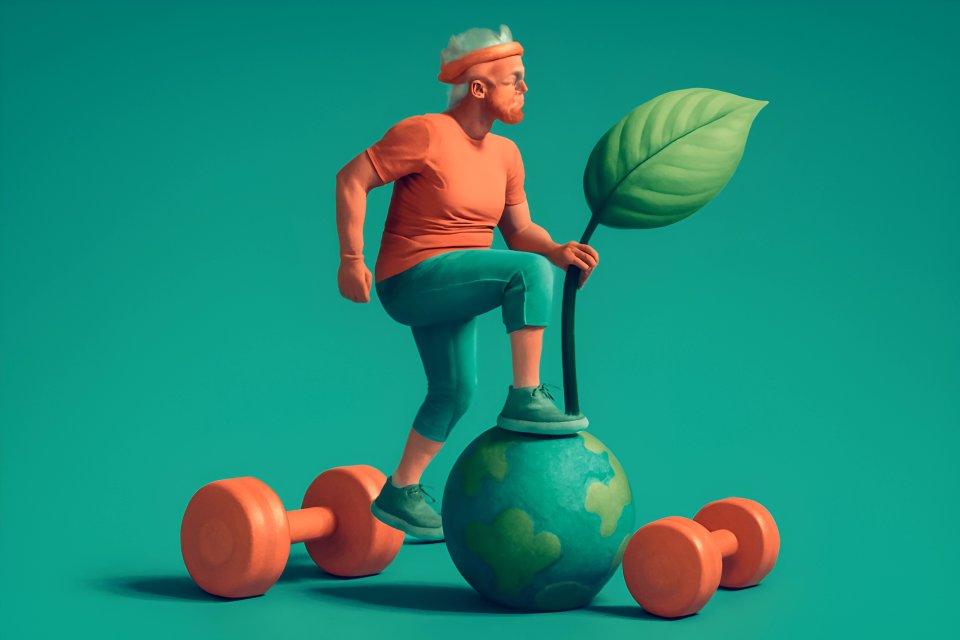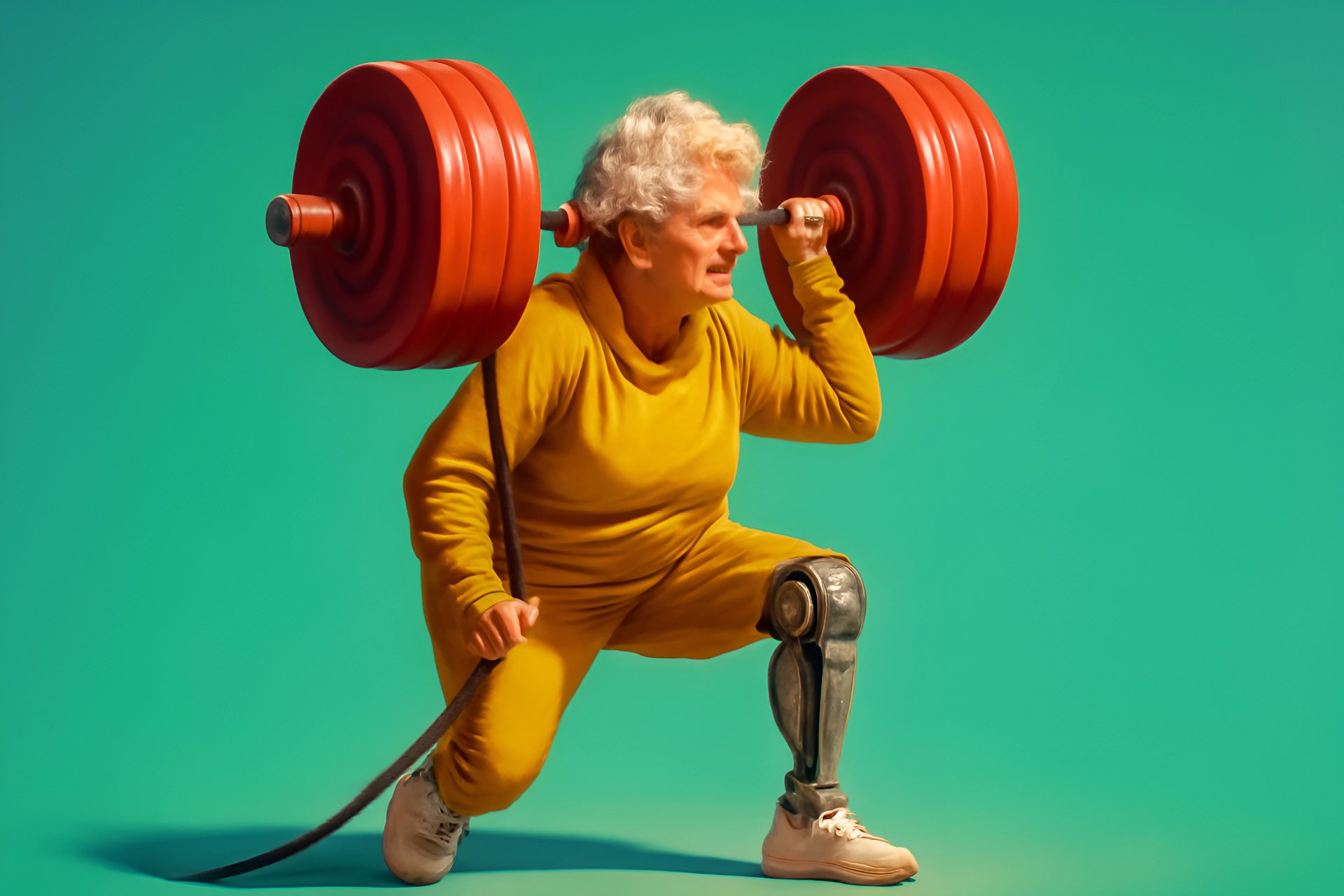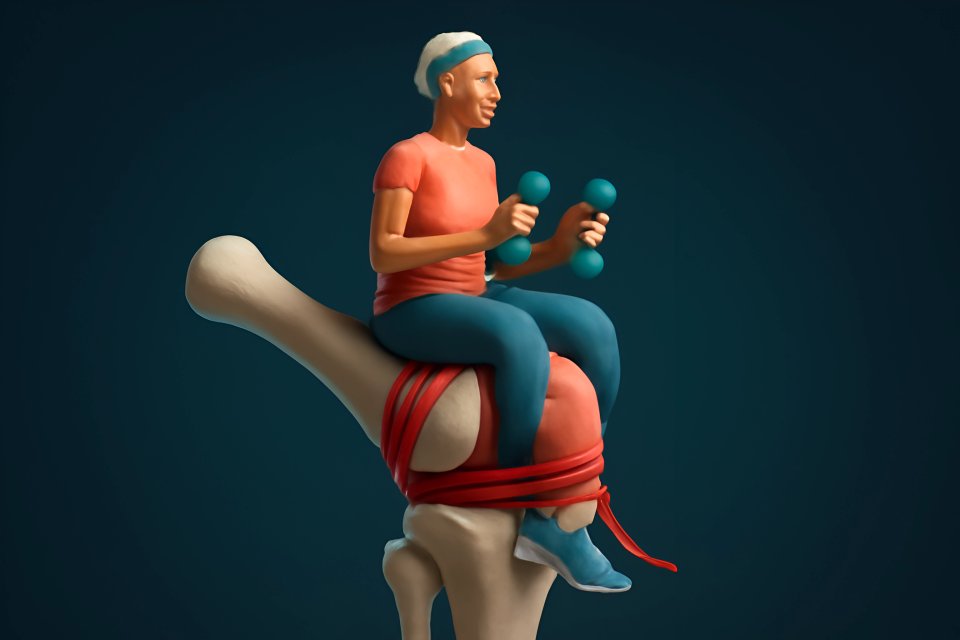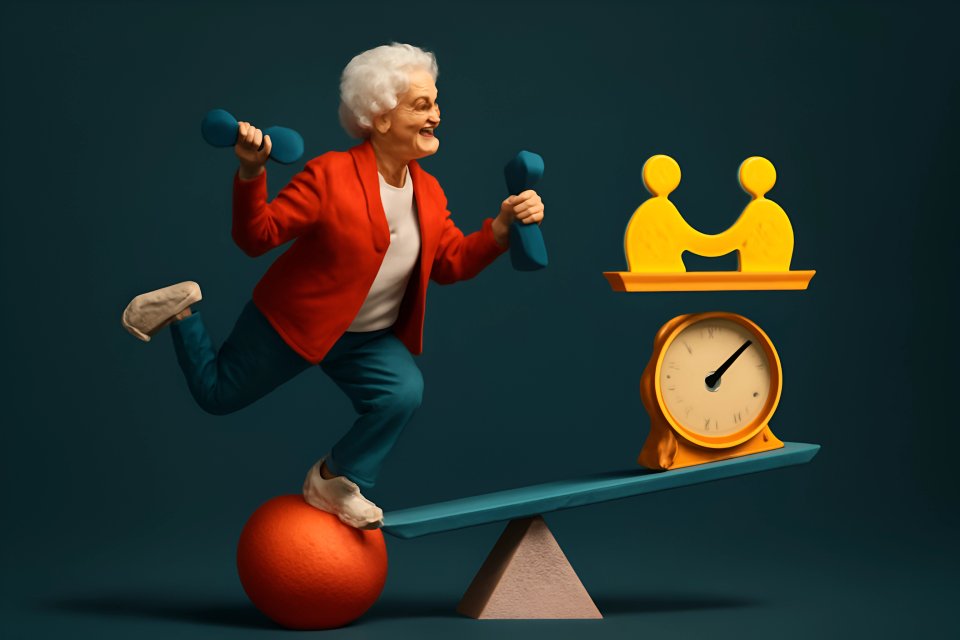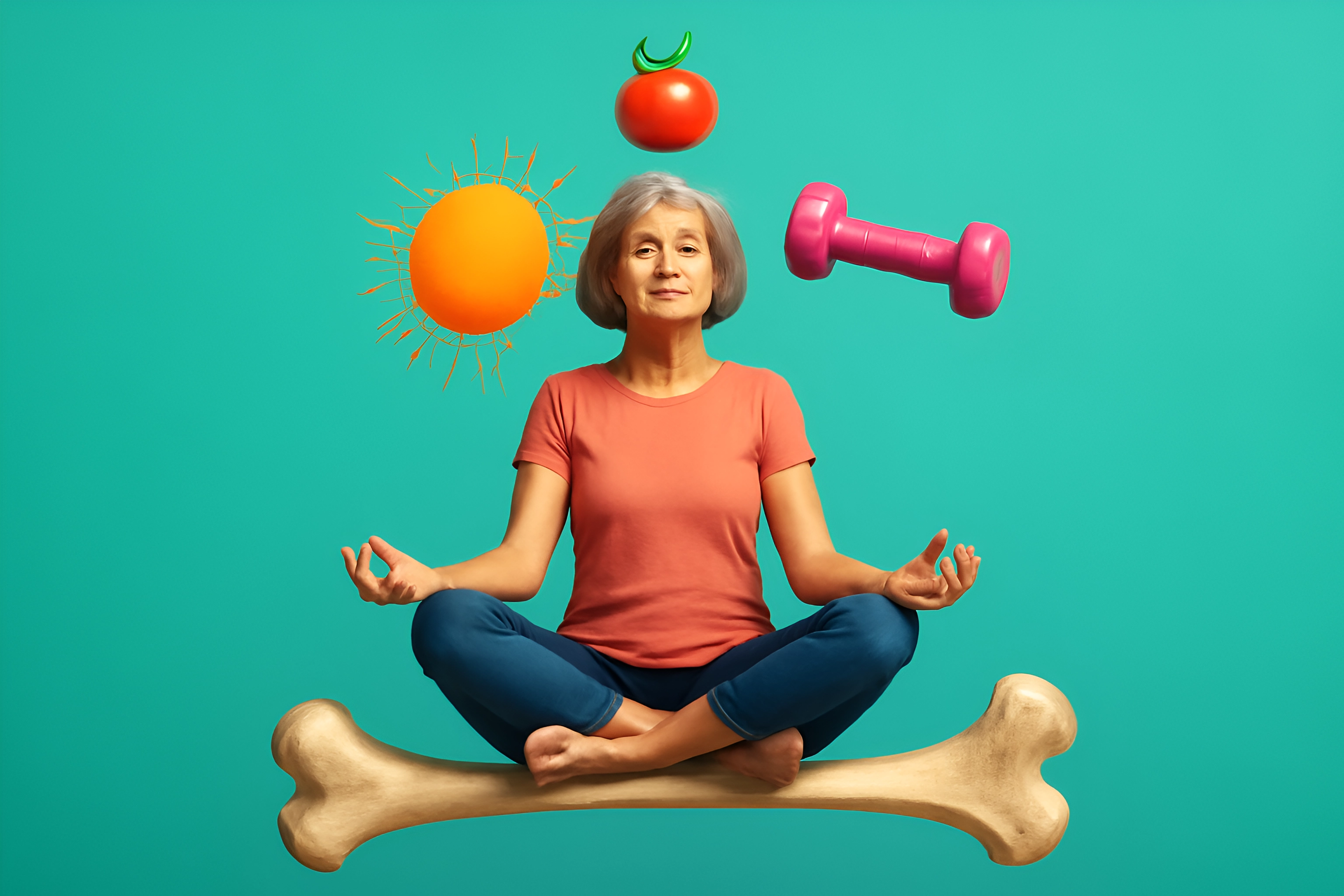
Beyond the Milk Carton: Your Bone-Strengthening Diet
Your bones are not static, lifeless structures; they are living, dynamic tissue, constantly in a state of renewal. Think of your skeleton as a bustling construction site, where old bone is broken down and new bone is built in its place. To do this incredible work, your body needs a steady supply of high-quality building materials, and that’s where your diet becomes your greatest ally.
The Core Nutrients for Bone Density
The conversation around bone health often starts and ends with calcium, but that’s only part of the story. To build a truly resilient frame, you need a team of nutrients working in perfect harmony. According to a comprehensive review in the journal PMC, many adults in North America have an insufficient intake of several key bone-building nutrients, making a focused dietary approach essential.
First, there's Calcium, the primary mineral that gives your bones their hardness and structure. You can find it in dairy, fortified plant milks, leafy greens like kale, and sardines. Next is Vitamin D, the essential gatekeeper that allows your body to absorb that calcium effectively. Your body produces it from sunlight, but you can also get it from fatty fish, egg yolks, and fortified foods. Then comes the supporting cast: Magnesium and Vitamin K2. Magnesium, found in nuts and seeds, helps convert vitamin D into its active form, while Vitamin K2, present in fermented foods, helps direct calcium into your bones and away from your arteries. Finally, Protein provides the flexible collagen matrix that acts as the scaffolding for these minerals, giving your bones the ability to withstand impact.
To make it simple, think of your next grocery trip as a mission to stock your body's construction site. You can find delicious ways to incorporate these nutrients, from starting your day with balanced breakfasts for seniors to planning nutrient-dense dinner ideas. A 2022 clinical trial even found that postmenopausal women who ate just five to six prunes daily preserved hip bone mineral density, showcasing how small, consistent choices can yield powerful results.
Your Bone-Builder's Shopping List:
- Calcium: Greek yogurt, tofu, kale, collard greens, sardines, fortified almond milk.
- Vitamin D: Salmon, mackerel, egg yolks, fortified orange juice.
- Magnesium: Almonds, spinach, pumpkin seeds, dark chocolate.
- Vitamin K2: Sauerkraut, natto, grass-fed butter, gouda cheese.
- Protein: Chicken breast, lentils, beans, fish, quinoa.
Foods and Habits That Can Weaken Bones
Just as important as what you add to your diet is being mindful of what can undermine your efforts. This isn't about deprivation, but about balance and awareness. A diet high in sodium can cause your body to excrete calcium, while excessive sugar and caffeine can interfere with its absorption.
Similarly, while a glass of wine with dinner is a pleasure for many, excessive alcohol consumption can disrupt the delicate balance of bone remodeling. The goal is not perfection, but progress. By gradually reducing your intake of these items and focusing on whole, nutrient-dense foods, you create an internal environment where your bones can truly thrive.
Think of it this way: every meal is a choice. You can either provide your body with the premium materials it needs to build a strong future, or you can hand it cheap substitutes that weaken the foundation. The choice is yours, and it's a powerful one you get to make every single day.
Senior Exercise for Bone Density: Move with Purpose
Have you ever wondered how your body knows to make your bones stronger? The secret is movement. Your bones are incredibly intelligent; they respond to the demands you place on them. When you engage in the right kind of exercise, you send a powerful signal to your body: “We need to be stronger to handle this!” In response, your body deposits more minerals, increasing bone density and resilience.
This principle, known as Wolff's Law, is the foundation of using senior exercise for bone density. It’s not about punishing workouts or pushing yourself to the limit. It’s about moving with intention and purpose to stimulate that natural bone-building process.
Weight-Bearing Workouts: Your Foundation
The first and most accessible type of bone-building exercise is weight-bearing activity. This is any movement where you are on your feet, supporting your own body weight against gravity. The impact, even if gentle, sends that crucial strengthening signal to your bones.
The beauty of weight-bearing exercise is its simplicity and variety. You don't need a gym or fancy equipment. A brisk walk through your neighborhood, dancing in your living room, hiking a favorite trail, or even just choosing the stairs over the elevator all count. The key is to find activities you genuinely enjoy, because consistency is what delivers results. If you're just starting out, our guide on how to build a low-impact exercise routine can help you begin safely and effectively.
Strength & Resistance Training: The Bone Stimulator
While weight-bearing exercise is the foundation, strength training is the accelerator. This type of exercise involves creating resistance that makes your muscles work harder. As your muscles contract and pull on your bones, they create a powerful stimulus for new bone growth.
This doesn't mean you need to become a bodybuilder. Simple, effective resistance can be created with light dumbbells, elastic resistance bands, or even your own body weight. Exercises like squats, lunges, and push-ups against a wall are incredibly effective. For those looking for accessible options, you can even start with low-impact resistance training using household items like soup cans or water bottles.
Balance & Flexibility: Your Fracture Prevention Plan
What good are strong bones if a simple fall leads to a fracture? This is where balance and flexibility training become non-negotiable. Improving your balance dramatically reduces your risk of falling, which is the leading cause of fractures in older adults.
Practices like Tai Chi and yoga are fantastic because they combine slow, controlled movements with balance challenges and flexibility work. Even simple exercises, like standing on one foot for 30 seconds while holding onto a sturdy chair, can make a significant difference. This isn't just exercise; it's your personal insurance policy against injury, ensuring your strong bones stay protected for years to come.
Mindful Practices for Healthy Aging: The Surprising Link to Your Bones
We've covered the physical building blocks of nutrition and exercise, but there's a third, often-overlooked pillar that can make or break your bone health: your mind. In our fast-paced world, chronic stress has become a silent epidemic, and its effects reach deep into our bodies, right down to our skeletons. The mind-bone connection is real, and harnessing it is the key to a truly holistic approach.
How Stress Sabotages Your Skeleton
When you experience chronic stress, your body is flooded with a hormone called cortisol. While useful in short bursts for "fight or flight" situations, consistently high levels of cortisol are destructive. This stress hormone directly interferes with the function of osteoblasts—your primary bone-building cells—and can accelerate the rate at which bone is broken down.
Think of chronic stress as a thief that slowly and silently steals minerals from your bones. You can be eating all the right foods and doing all the right exercises, but if your mind is in a constant state of alarm, you're fighting an uphill battle. Learning to manage stress isn't a luxury; it's a fundamental component of protecting your physical structure.
Simple Mindfulness Techniques to Lower Cortisol
The good news is that you have the power to calm your nervous system and lower cortisol levels with simple, accessible mindfulness practices. You don't need to sit in a silent retreat for hours. Just a few minutes a day can create profound physiological changes. Our guide to stress reduction for seniors offers a great starting point.
One of the easiest techniques is Mindful Breathing. Simply find a quiet place to sit, close your eyes, and focus on the sensation of your breath. Inhale slowly through your nose for a count of four, hold for a moment, and exhale slowly through your mouth for a count of six. Repeating this for just three minutes can shift your body out of stress mode. Another powerful practice is a Body Scan Meditation, where you bring gentle, non-judgmental awareness to each part of your body, releasing hidden tension. You can even combine pillars by practicing Mindful Walking, where you pay full attention to the feeling of your feet on the ground and the rhythm of your breath as you move.
Creating a Virtuous Cycle for Your Health
The true power of this holistic approach isn't found in any single pillar, but in the incredible synergy they create when combined. Nutrition, exercise, and mindfulness are not separate strategies; they are interconnected parts of a single, powerful system for building a stronger you. When you focus on all three, you create a virtuous cycle where each element amplifies the benefits of the others.
This integrated strategy of focusing on nutrition exercise mindfulness bone health over 50 is what sets a truly effective wellness plan apart. The right nutrients from your diet provide the raw materials and energy you need to engage in bone-building exercise. That physical activity, in turn, is one of the most effective ways to reduce stress and lower cortisol, making it easier to enter a mindful, calm state.
From there, a mindful state helps you make more conscious and healthier food choices, breaking cycles of stress-eating. It also helps you listen to your body during exercise, so you know when to push and when to rest, preventing injury and ensuring consistency. Think of it as a three-legged stool. With only one or two legs, it's wobbly and unstable. With all three working together, you have a stable, unshakeable foundation for a long, healthy, and active life.
Take the First Step Today
Building and maintaining bone health in your 50s is an act of empowerment. It’s about investing in your independence, your vitality, and your ability to live life on your own terms for decades to come. You now have the blueprint—the three essential pillars of nutrition, exercise, and mindfulness that work together to build a resilient, unshakable you.
You don't have to overhaul your entire life overnight. The journey to stronger bones begins with a single, intentional step. It's about choosing the stairs, adding a handful of spinach to your smoothie, or taking three deep breaths before you start your day.
What is one small step you can take this week to support your bone health? Will you add a leafy green to your dinner, take a brisk walk, or try a 3-minute breathing exercise? Share your commitment in the comments below!






